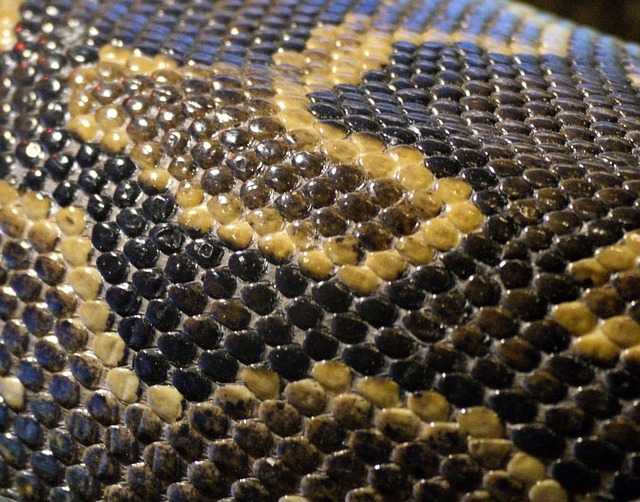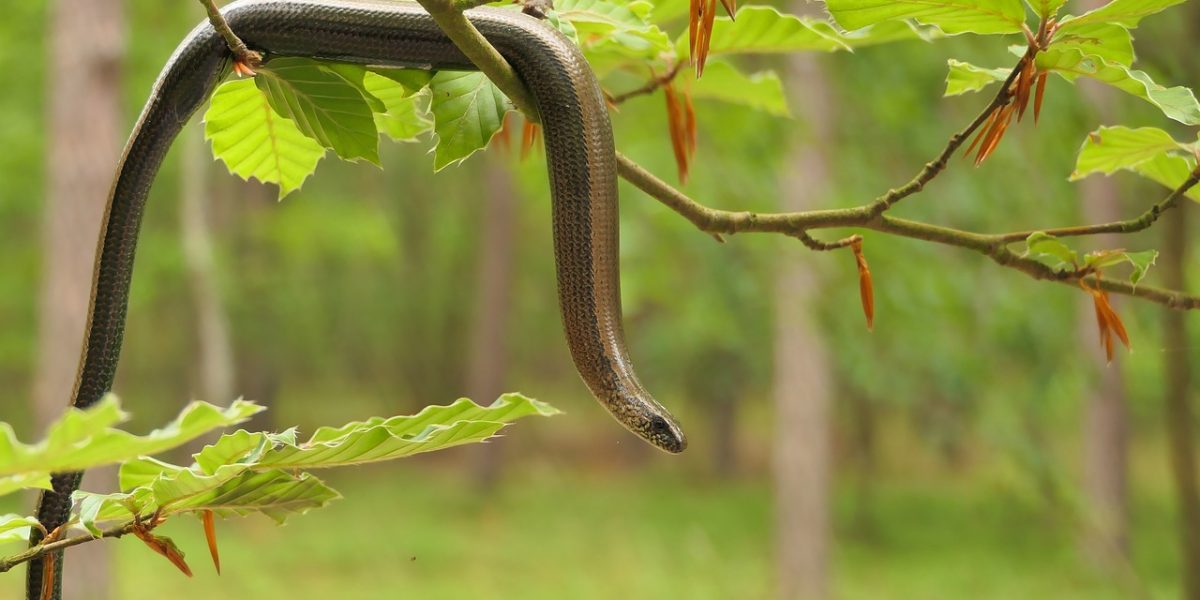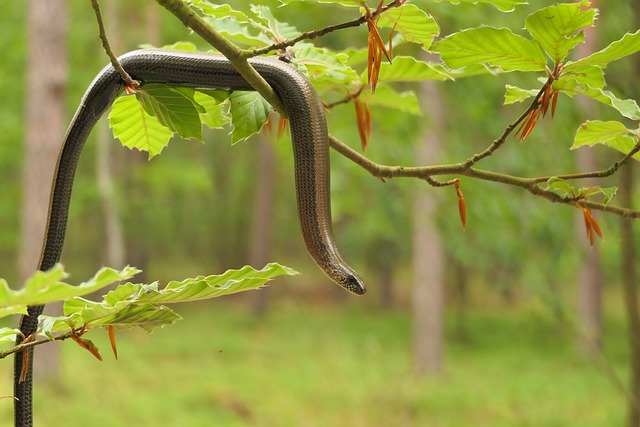If you had no legs or arms, wouldn’t it be difficult to get from place to place? However, snakes don’t have any legs and they get around just fine! Almost all land animals had legs to propel themselves forward, so how do snakes move so effectively? The biology of a snake involves a series of ribs and muscles that contort a snake’s body to push itself forward. Not only does the snake’s internal makeup allow it to move, but also its exterior. Snakeskin has frictional properties which allow it to remain stationary along an incline with just a few scales in contact with a surface!
A snake’s ability to slither across the ground is made possible by its ability to bend using a series of muscles along their body. The scientific term for this bending motion is lateral and vertical bending. A snake uses lateral bending to change direction or propel itself forward along a flat surface. Vertical bending is employed when a snake is pushing off a surface intending to move upward, such as in a tree or on a steep rocky slope. Using the terrain upon which the snake is traversing, the snake is able to propel itself forward by pushing off uneven ground, sand, branches, or other obstacles.
Snakes have a series of hundreds of ribs that run along the entire length of their body. Not only do their ribs provide a firm foundation for the snake to push itself off of the ground, but they also provide structural support for the snake to traverse gaps along a surface such as holes, tree branches, or other places where a snake cannot use bending to move. With respect to slithering, the ribs of a snake allow it to bend and coil to get the best contact with the ground.

However, it is not just the forces that snakes apply to the ground that allow them to move, but also the makeup of their skin. Snakeskin has frictional properties that allow them to get a better grip on the surface upon which they move. For example, if a surface is slippery or at a steep incline, a snake can increase the surface area their skin covers by changing the angle their scales come into contact with a surface.
Understanding how snakes move without the use of legs is important for engineering applications. Legless robotics can be designed using the concept of the biomechanics behind the movement of snakes. For example, this could be implemented in terrestrial rovers that can travel across uneven terrain. In addition, materials science applications for purposes of gripping can mimic snakeskin for higher friction abilities. This would be greatly beneficial for sports, military, or medical equipment where gripping ability determines overall usability.

